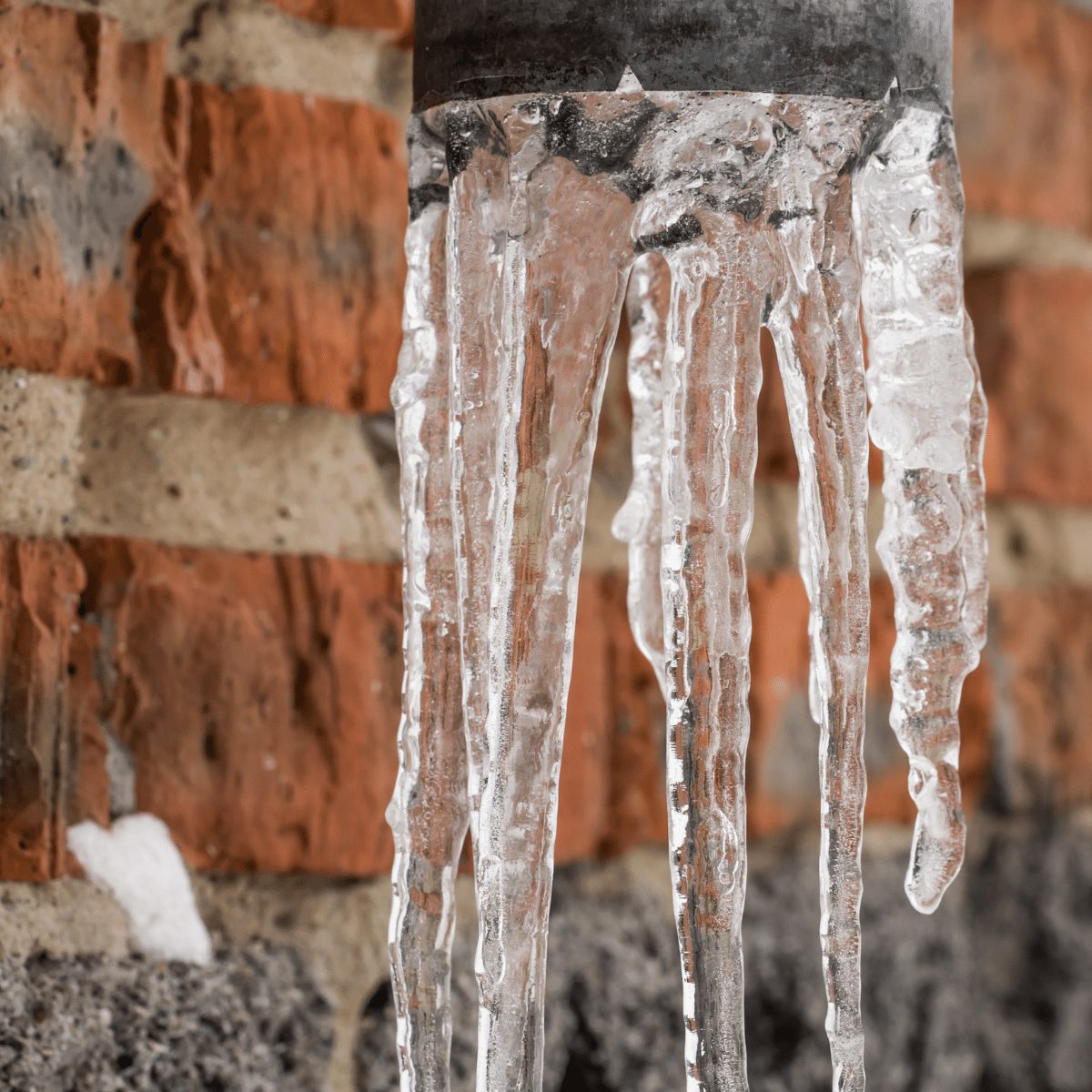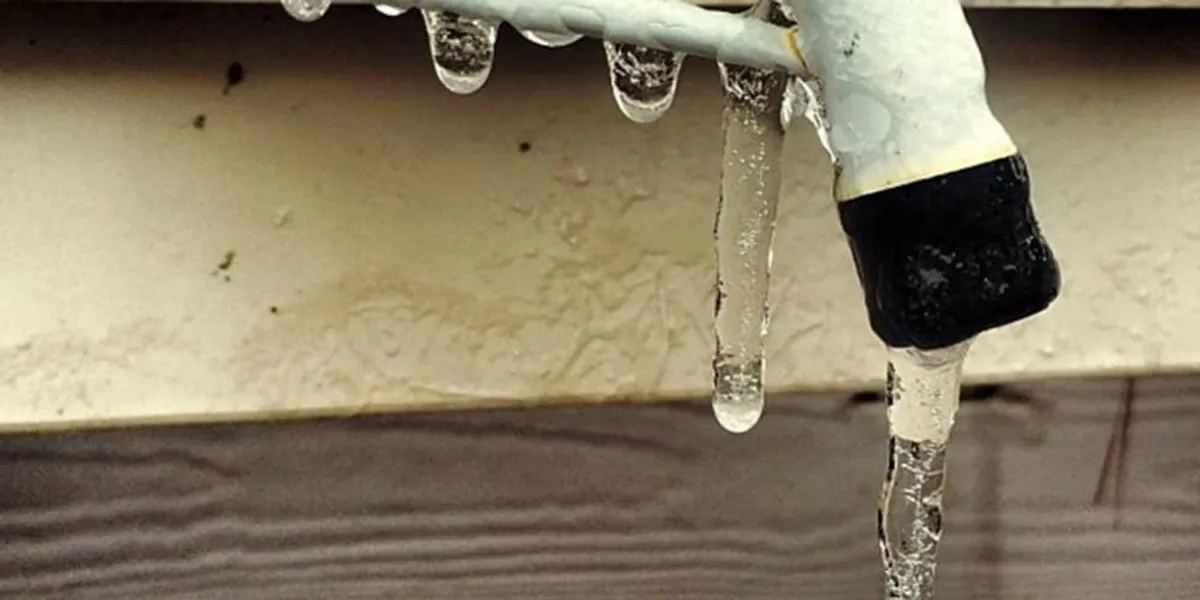Critical Approaches for Preventing Frozen Pipes in Winter
Critical Approaches for Preventing Frozen Pipes in Winter
Blog Article
We have discovered this great article involving How To Avoid Freezing Pipes below on the net and thought it made sense to quickly share it with you here.

Winter can ruin your pipes, especially by freezing pipes. Right here's just how to avoid it from taking place and what to do if it does.
Introduction
As temperature levels drop, the threat of icy pipes increases, possibly resulting in expensive repairs and water damages. Comprehending how to stop frozen pipelines is vital for property owners in chilly environments.
Recognizing Frozen Pipes
What triggers pipelines to ice up?
Pipelines ice up when exposed to temperatures listed below 32 ° F (0 ° C) for extended periods. As water inside the pipes freezes, it expands, putting pressure on the pipe walls and potentially causing them to burst.
Threats and problems
Icy pipes can cause water system interruptions, building damages, and costly repair work. Ruptured pipelines can flooding homes and trigger considerable structural damages.
Indicators of Frozen Pipes
Determining icy pipelines early can avoid them from rupturing.
Just how to identify icy pipes
Search for decreased water flow from taps, unusual odors or noises from pipelines, and noticeable frost on subjected pipelines.
Prevention Tips
Protecting at risk pipelines
Wrap pipelines in insulation sleeves or utilize warmth tape to protect them from freezing temperatures. Focus on pipelines in unheated or exterior areas of the home.
Home heating techniques
Maintain indoor areas properly warmed, particularly areas with plumbing. Open up closet doors to enable cozy air to flow around pipelines under sinks.
Shielding Exterior Pipes
Yard tubes and exterior taps
Separate and drain garden hose pipes prior to winter season. Set up frost-proof spigots or cover exterior faucets with protected caps.
What to Do If Your Pipes Freeze
Immediate activities to take
If you presume frozen pipelines, keep taps open to eliminate stress as the ice thaws. Make use of a hairdryer or towels soaked in hot water to thaw pipes gradually.
Long-Term Solutions
Structural changes
Think about rerouting pipes away from outside walls or unheated locations. Include extra insulation to attic rooms, basements, and crawl spaces.
Updating insulation
Purchase top notch insulation for pipes, attic rooms, and wall surfaces. Appropriate insulation aids preserve regular temperatures and minimizes the risk of icy pipelines.
Final thought
Protecting against frozen pipelines requires positive actions and quick actions. By recognizing the causes, signs, and preventive measures, home owners can protect their plumbing during cold weather.
5 Ways to Prevent Frozen Pipes
Drain Outdoor Faucets and Disconnect Hoses
First, close the shut-off valve that controls the flow of water in the pipe to your outdoor faucet. Then, head outside to disconnect and drain your hose and open the outdoor faucet to allow the water to completely drain out of the line. Turn off the faucet when done. Finally, head back to the shut-off valve and drain the remaining water inside the pipe into a bucket or container. Additionally, if you have a home irrigation system, you should consider hiring an expert to clear the system of water each year.
Insulate Pipes
One of the best and most cost-effective methods for preventing frozen water pipes is to wrap your pipes with insulation. This is especially important for areas in your home that aren’t exposed to heat, such as an attic. We suggest using foam sleeves, which can typically be found at your local hardware store.
Keep Heat Running at 65
Your pipes are located inside your walls, and the temperature there is much colder than the rest of the house. To prevent your pipes from freezing, The Insurance Information Institute suggests that you keep your home heated to at least 65 degrees, even when traveling. You may want to invest in smart devices that can keep an eye on the temperature in your home while you’re away.
Leave Water Dripping
Moving water — even a small trickle — can prevent ice from forming inside your pipes. When freezing temps are imminent, start a drip of water from all faucets that serve exposed pipes. Leaving a few faucets running will also help relieve pressure inside the pipes and help prevent a rupture if the water inside freezes.
Open Cupboard Doors
Warm your kitchen and bathroom pipes by opening cupboards and vanities. You should also leave your interior doors ajar to help warm air circulate evenly throughout your home.

Hopefully you enjoyed our piece about Winter Plumbing Precautions: Preventing Frozen Pipes. Thank you for taking time to read through our short article. Those who enjoyed our post if you please do not forget to share it. Many thanks for being here. Come back soon.
Call Today Report this page